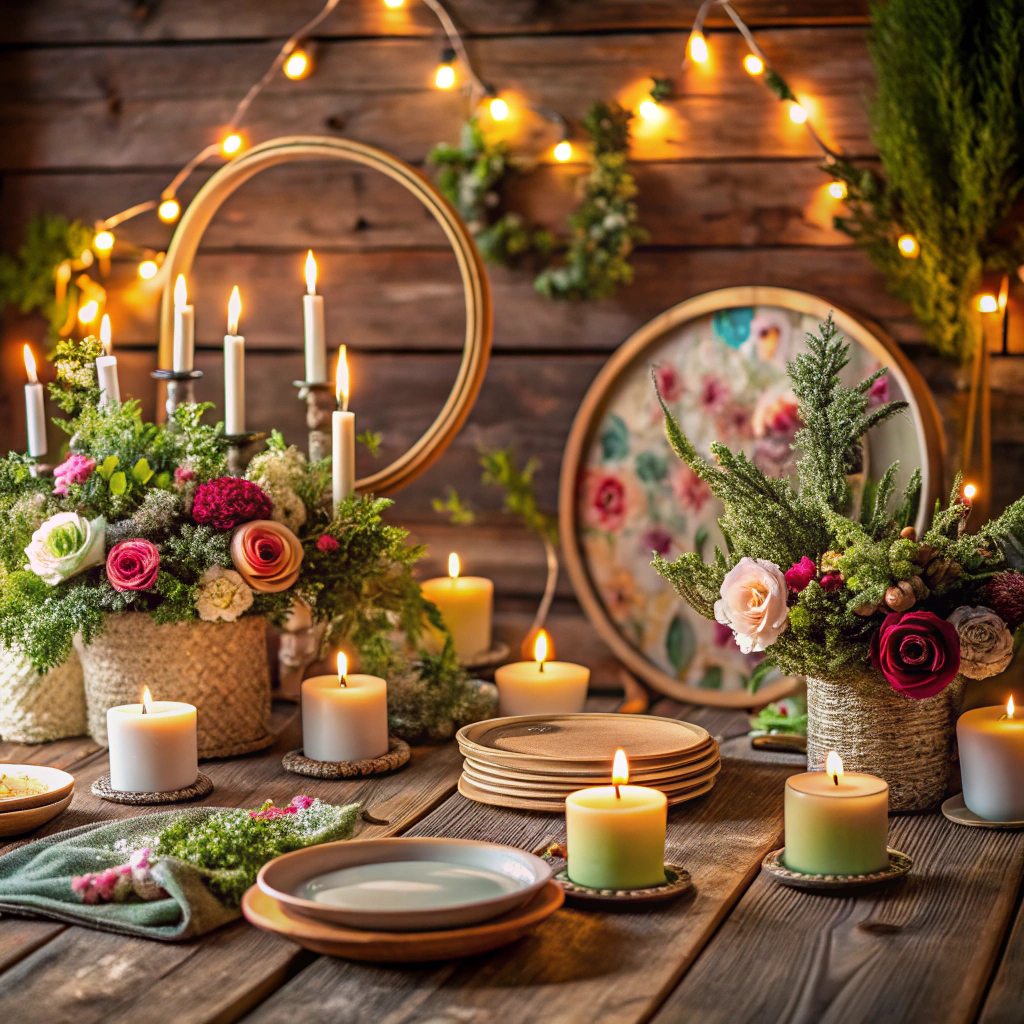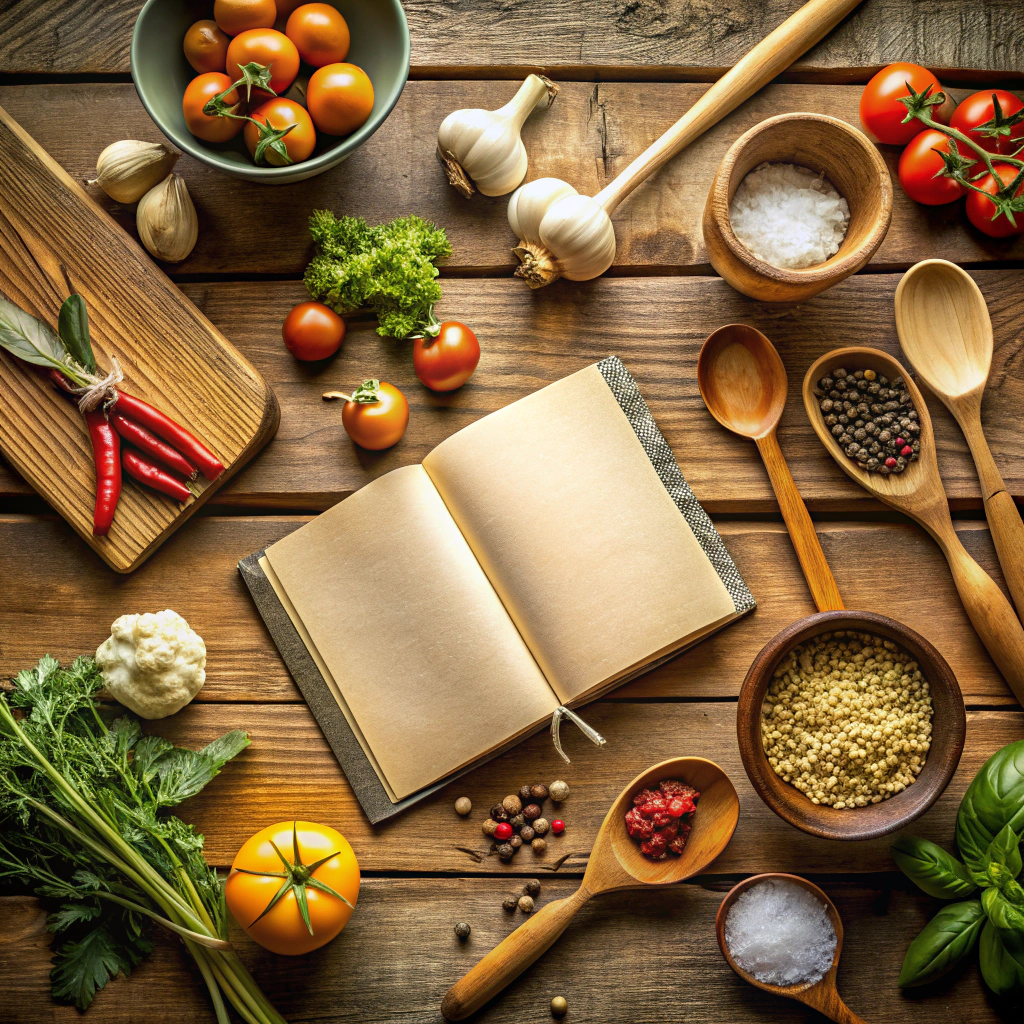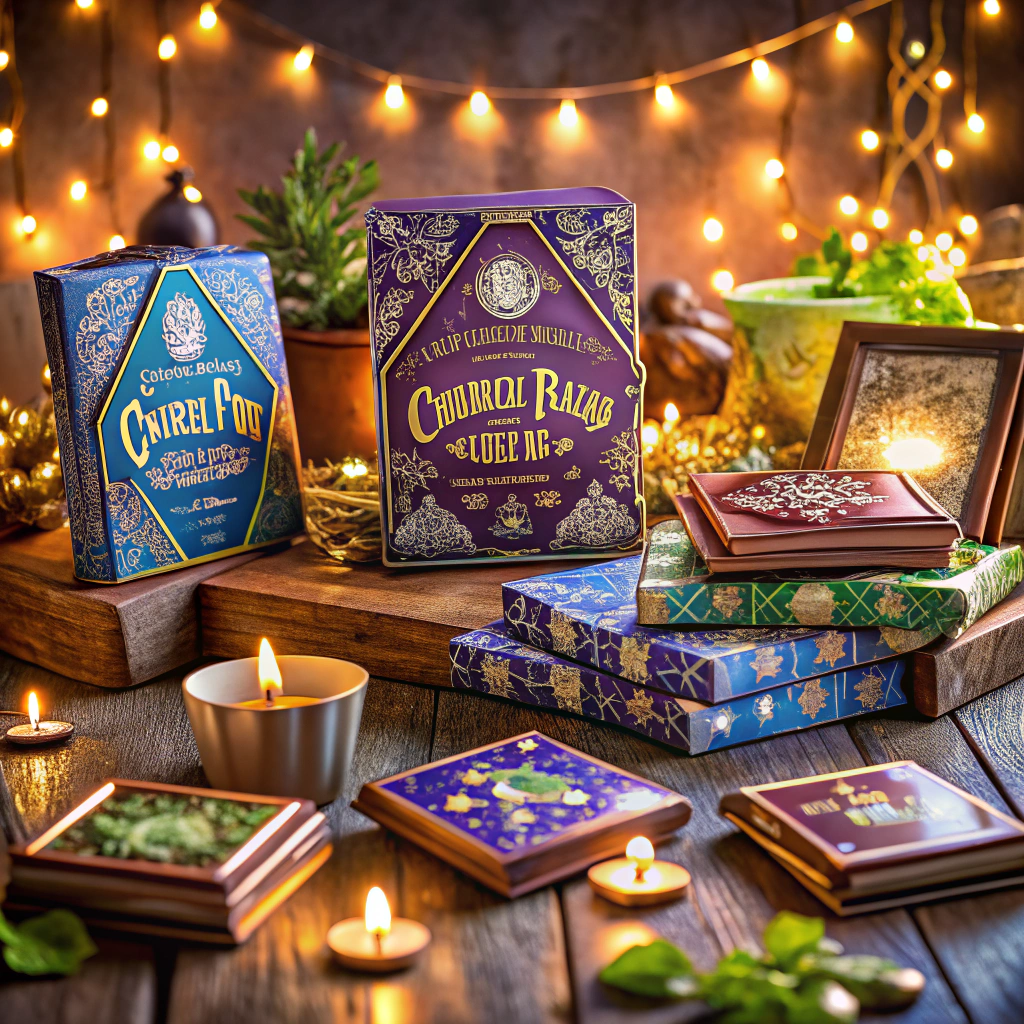Last updated on
Understanding the difference between what items to store in your pantry versus cabinets can streamline your kitchen organization, enhancing both functionality and aesthetics.
Organizing your kitchen efficiently involves knowing what to store in your pantry versus your cabinets. This article will provide a clear and concise guide to help you make these decisions.
From canned goods and baking ingredients to cookware and dinnerware, we will delve into the specifics of what items are best suited for each storage area. By understanding the optimal location for each item, you can maximize your kitchen’s functionality and ease of use.
So, whether you’re setting up a new kitchen or reorganizing an existing one, read on to discover the most effective ways to use your pantry and cabinets.
Key takeaways:
- Non-perishable Foods: Rice, pasta, canned goods, and other non-perishable food items are ideal for pantry storage.
- Bulky Items: Large or bulky items like cereal boxes and flour bags are best suited for the pantry.
- Less Frequently Used Ingredients: Unusual baking ingredients and special event foods can be stored in the pantry.
- Backup Supplies: Keeping extra soup cans and surplus spices in the pantry is practical.
- Cookware and Bakeware: Pots, pans, casserole dishes, and baking trays should be stored in lower cabinets.
Deciding What to Put in Your Pantry
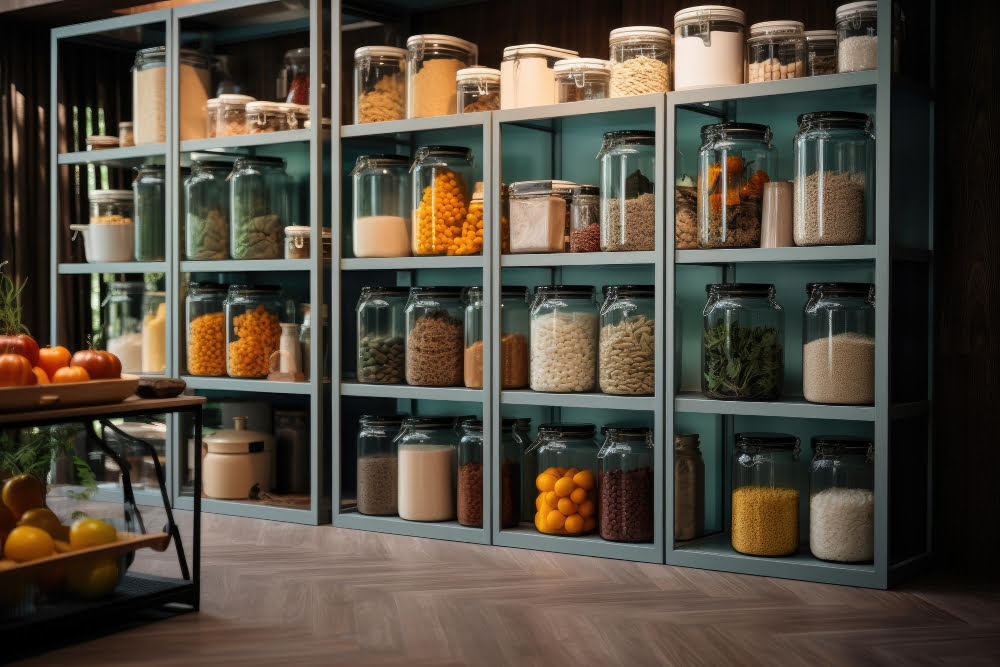
Determining the contents of your pantry largely depends on your lifestyle, family size, and eating habits. Here are a few key points to remember:
- Non-perishable Foods: Rice, pasta, canned goods, and other non-perishable food items are ideal selection for pantry storage due to their long shelf life.
- Bulky Items: Large or bulky items, such as cereal boxes, flour bags, and bottled beverages, that may take up too much space in your kitchen cabinets can be best suited for the pantry.
- Less Frequently Used Ingredients: Spices or condiments used less frequently, unusual baking ingredients, or special event foods can find their place in the pantry in order to clear kitchen space for everyday essentials.
- Backup Supplies: Keeping a stash of backup supplies, from extra soup cans to surplus spices, is practical for pantry storage, so you know there is always an extra when you run out.
Choosing Items for Cabinet Storage
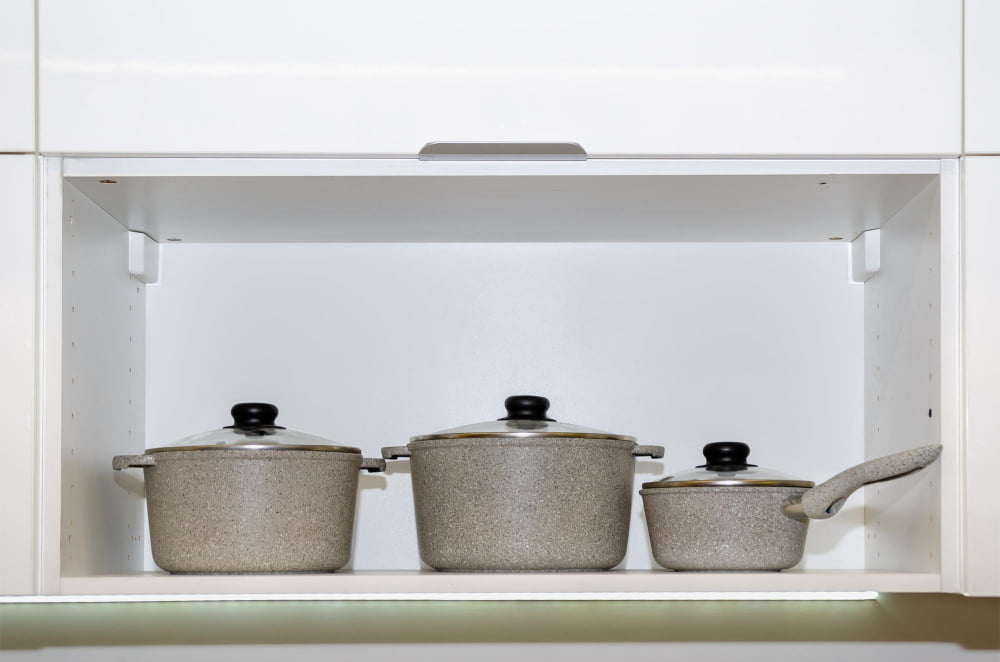
In the arena of cabinet storage, specific items lend themselves well for this purpose, allowing easy and efficient access when preparing meals or cleaning up afterwards.
1. Cookware and bakeware: Pots, pans, casserole dishes, and baking trays, which are used regularly, benefit from being stored close at hand in lower cabinets.
2. Utensils and Cutlery: Everyday utensils, flatware, as well as other kitchen tools like spatulas, tongs, or whisks should be stashed in upper cabinets or drawers alongside the stove for convenience.
3. Glassware and Dinnerware: Cups, mugs, plates, and bowls are cabinet storage staples, ideally, they are located near the dishwasher for ease when unloading.
4. Small appliances: Mixers, blenders, toasters, or pressure cookers, being heavy and bulky, work well when stored in lower cabinets.
5. Food storage containers: Keep these near your preparation area, making it easy to put leftovers away after meals.
By thoughtfully applying these principles, your cabinet organization efficiency can be significantly improved, making your kitchen a more pleasant and efficient place to cook.
Understanding Pantry Vs. Cabinet Storage
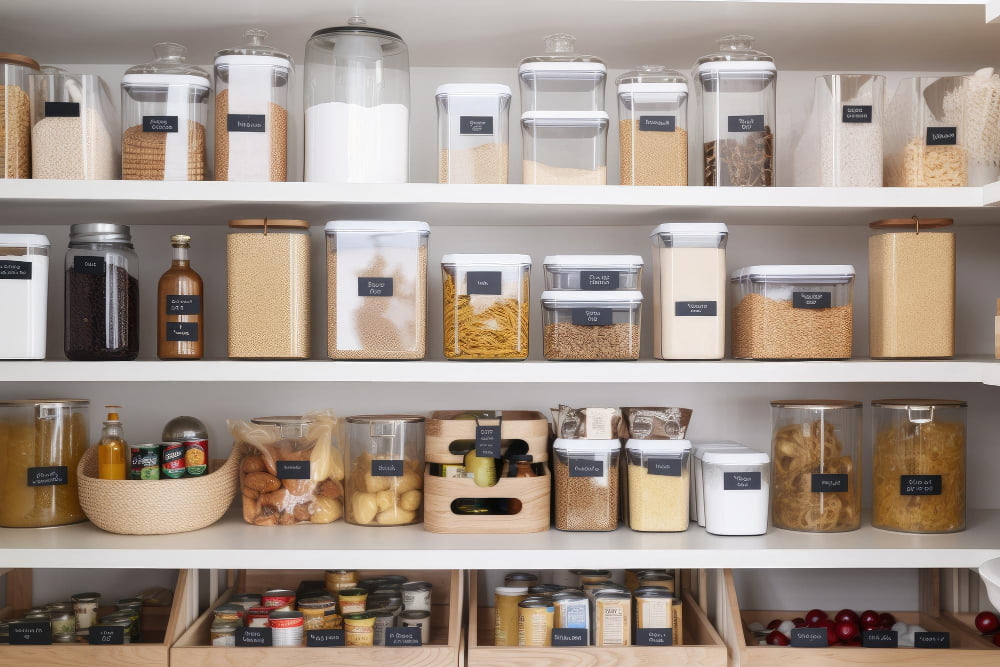
Cabinets are often located closer to the cooking area to provide accessibility to frequently used items such as dishes, cookware, and utensils. In contrast, pantries typically house food items and less frequently used kitchenware or appliances.
Key Concepts:
- 1. Pantries – Store bulk items, canned goods, baking essentials, along with seldom-used items.
- 2. Cabinets – Reserve for everyday dishes, pots, and pans, utensils, glasses, and small appliances.
- 3. Accessibility – The distance from cooking area impacts the users’ efficiency.
- 4. Organizational Aids – Use of shelf dividers, drawers in cabinets, and stackable baskets or bins in pantries aids in keeping items neat and easy to find.
By considering these factors, you’ll be able to distinguish between pantry and cabinet storage, which will guide you in optimizing your kitchen set-up effectively.
Pros and Cons of Pantry Storage
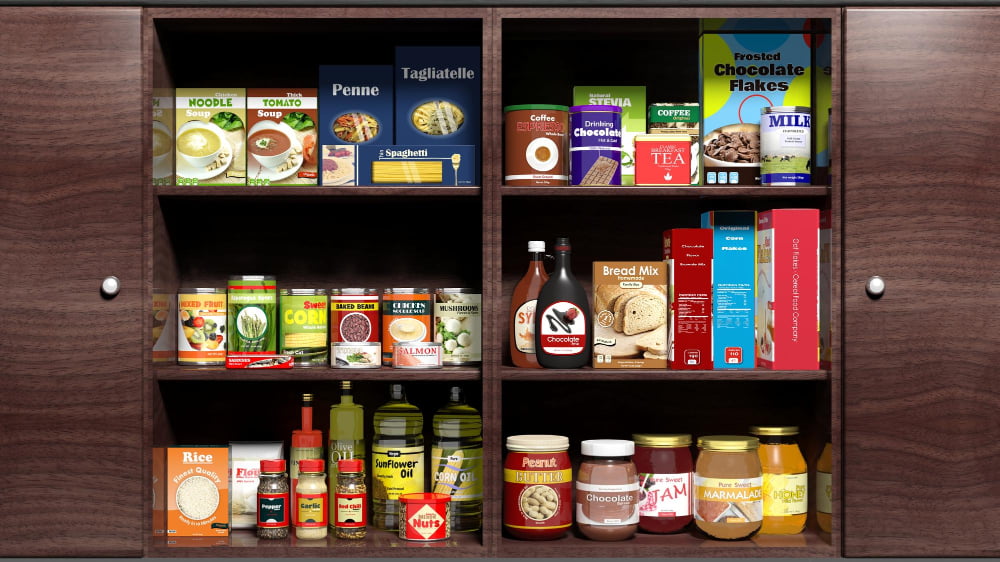
Starting with the pros, pantries offer large storage capacity, making them ideal for bulk items and non-perishables. The open layout allows for easy visibility and quick access to all stored goods. Furthermore, with appropriate organization, pantries can significantly cut down meal preparation time by keeping everything within reach.
On the downside, pantries can become cluttered quickly due to their abundant space and may require more upkeep to remain organized. Additionally, items at the back of the pantry can often be forgotten and expire before use. Pantries may also take up considerable space within your home – a potential downside for smaller residences.
Pros and Cons of Cabinet Storage
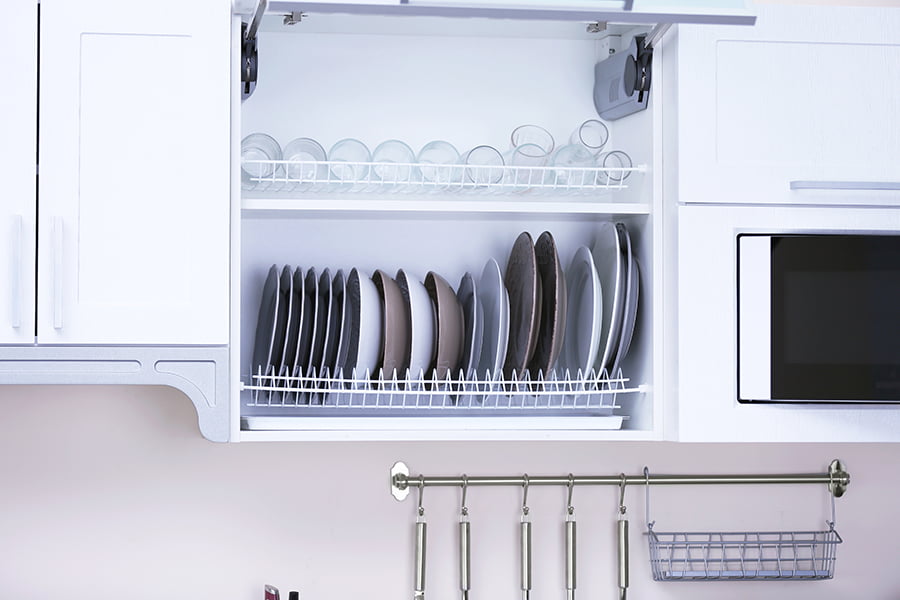
Cabinet storage offers the advantage of being within easy reach, making it an ideal choice for everyday items like dishes, glasses, cookware, and non-perishable foods. The positioning also provides a traditional aesthetic appeal, helping to create a sense of warmth and familiarity in your kitchen. Moreover, with cabinets, customization options are enhanced. You can adjust shelving heights, install pull-out trays, or add organizers tailored to fit your needs.
On the downside, cabinets often lack the depth and height available in a pantry, limiting the amount of storage space. This may require more frequent restocking of items and could result in a cluttered appearance if not properly managed. Added complexity in organizing smaller items can be a challenge due to the typical width of cabinet shelves. Furthermore, if poorly designed, they could be difficult to access, especially the back parts. Cabinets also tend to accumulate dust and grime quicker than a pantry, necessitating regular cleaning.
- 1. Easy accessibility
- 2. Aesthetic appeal
- 3. Customization options
- 4. Limited storage space
- 5. Organizational challenges
- 6. Difficulty in accessing
- 7. Requires regular cleaning
Remember, the storage solution you choose should reflect your personal needs and kitchen dynamics. Ponder over the pros and cons to make an informed decision.
Effective Strategies for Pantry Organization
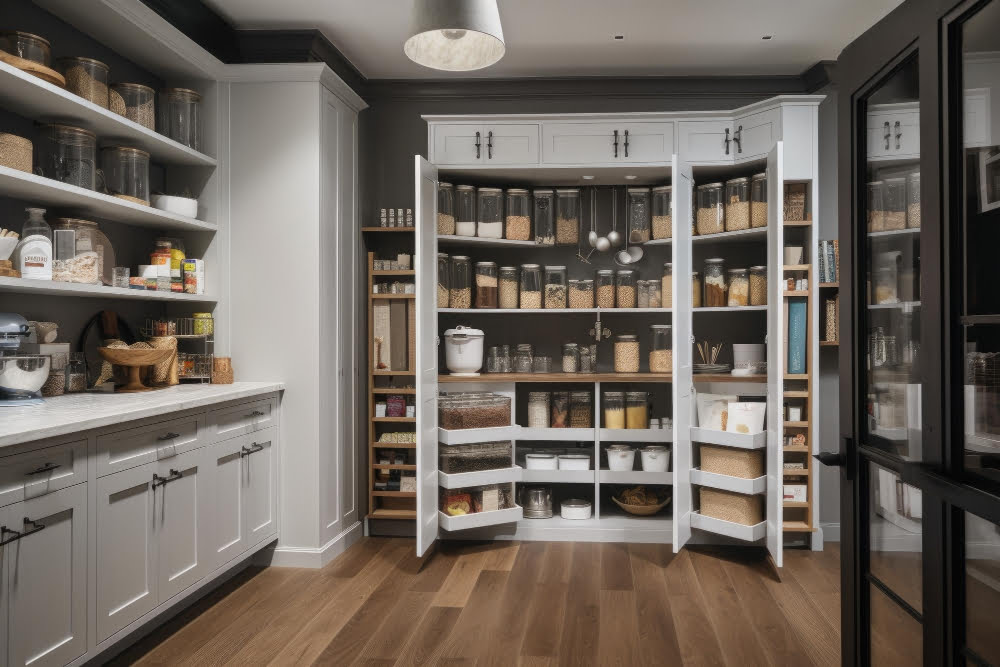
1. Categorize Items: Group items by related categories (baking supplies, canned goods, breakfast items) for streamlined accessibility.
2. Utilize Vertical Space: Employ stackable containers, tiered shelves or hanging organizers to maximize space and keep items within sight.
3. Keep Essentials Front and Center: Items that are used more frequently should be at eye level and within easy reach.
4. Label Clearly: Use labels on shelves or containers for easy identification.
5. Regular Audit: Regularly check, clean up, and discard outdated products to maintain an organized pantry.
6. Invest in Clear Storage: Transparent storage solutions allow for instant sighting and retrieval of items.
Remember, utilizing these strategies makes your pantry not just aesthetically pleasing but a functional and efficient space in your home.
Effective Strategies for Cabinet Organization
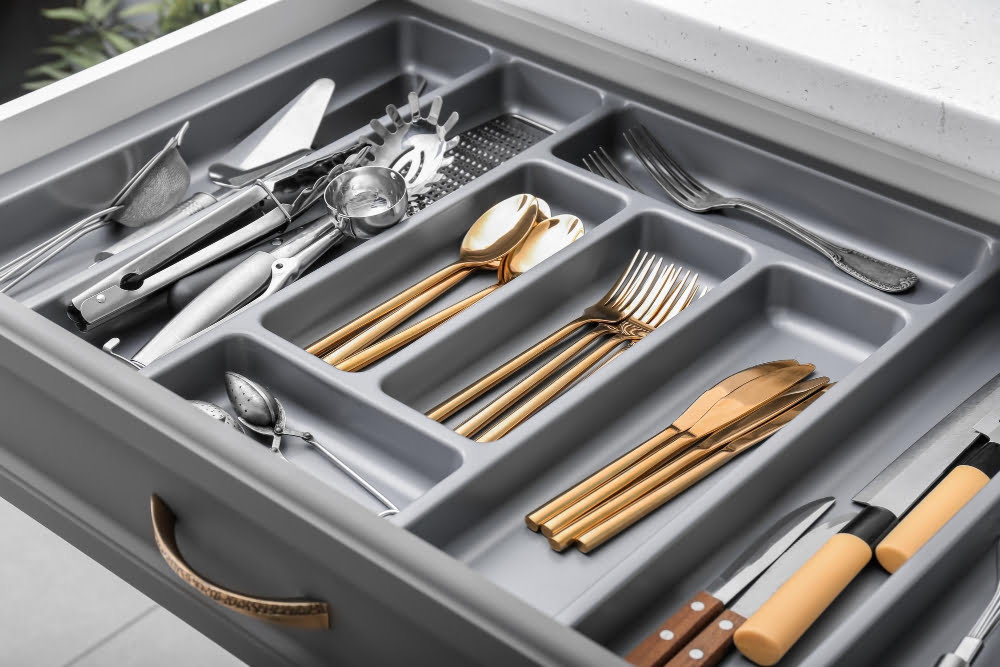
Cabinet organization is straightforward if you commit to a few wise principles:
1. Aim for Accessibility: Place frequently used items at eye level. Rarely used items can take higher or lower spots.
2. Categorize: Group similar items together – glasses with glasses, plates with plates, spices with spices.
3. Use Organizers: Drawer dividers and shelf risers can maximize space and prevent clutter.
4. Store Wisely: Heavy items should be stored at lower levels to prevent accidents.
5. Label: Especially in the case of foodstuff, labels can help track expiration dates and identify contents quickly.
Make these principles a part of your cabinet organization approach and kitchen work becomes much easier.
FAQ
What goes in the cabinet vs pantry?
Kitchen cabinets and drawers are intended for storing dishes, utensils, pots and pans, appliances, while a pantry is typically used for food storage, complementing the fridge and freezer.
What do you put in a pantry cabinet?
In a pantry cabinet, store items like snacks, breakfast foods, pasta and grains, spices, baking supplies, beverages like coffee and tea, and canned foods.
How to organize food cabinets and pantries in your kitchen?
To efficiently organize kitchen cabinets and pantries, designate distinct zones for different categories such as canned goods, cereals, baking supplies, and paper products, and label these sections for ease of access and restocking.
What is the point of a pantry?
A pantry serves the purpose of storing food products and various types of appliances.
What are the best practices for categorizing items in a pantry?
The best practices for categorizing items in a pantry involve grouping similar items together, using clear containers for visibility, implementing labeled bins for smaller items, and utilizing vertical space for efficiency and neatness.
How can kitchen cabinets be optimized for non-food storage?
Kitchen cabinets can be optimized for non-food storage by using shelf dividers, pull-out bins, and hooks for hanging items.
How does a well-organized pantry contribute to efficient meal preparation?
A well-organized pantry contributes to efficient meal preparation by streamlining the process of ingredient location, reducing waste, and facilitating meal planning through easy visibility of food stocks.
Recap:

